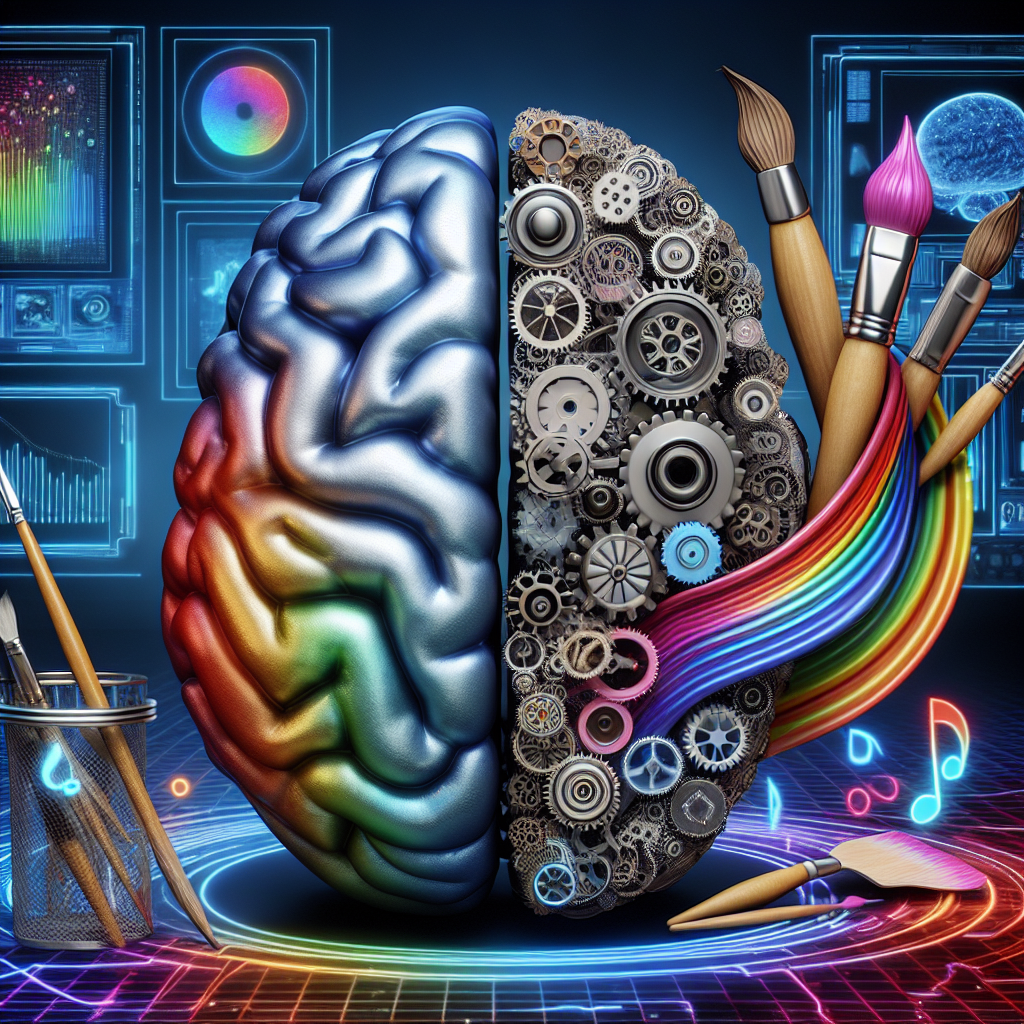The Role of AI in Redefining Creative Expression
Artificial Intelligence (AI) has rapidly transformed industries around the world, and the realm of creative expression is no exception. From music composition to visual arts, AI has been utilized to push the boundaries of what is possible in the world of creativity. This article will explore the role of AI in redefining creative expression and how it is shaping the future of art and design.
AI in Music Composition
One of the most prominent uses of AI in creative expression is in music composition. AI algorithms have been developed that can analyze vast amounts of data from existing music and create new compositions that mimic the style of famous composers. For example, AI has been used to generate pieces in the style of Bach or Beethoven, showcasing the potential for AI to expand the boundaries of traditional music composition.
AI can also be used to assist musicians in the creative process. For example, AI-powered tools can analyze a musician’s playing style and suggest new melodies or chord progressions that fit their unique sound. This can help musicians break out of creative ruts and explore new avenues of expression.
AI in Visual Arts
In the realm of visual arts, AI has been used to create stunning works of art that push the boundaries of traditional artistic techniques. For example, AI algorithms have been developed that can generate realistic portraits from scratch, mimicking the style of famous artists like Rembrandt or Van Gogh. This opens up new possibilities for artists to explore different styles and techniques without having to spend years honing their craft.
AI has also been used to create interactive art installations that respond to the movements and actions of viewers. These installations can create immersive experiences that blur the lines between art and technology, showcasing the potential for AI to redefine how we interact with and experience art.
AI in Design
In the world of design, AI has been utilized to streamline the creative process and generate innovative solutions to complex problems. For example, AI-powered design tools can analyze user data and preferences to create personalized designs that resonate with a target audience. This can help designers create more effective and engaging products that meet the needs of their users.
AI has also been used to automate repetitive design tasks, allowing designers to focus on more creative aspects of their work. For example, AI can generate multiple design variations based on a set of criteria, helping designers explore different possibilities and make more informed decisions.
FAQs:
Q: Will AI replace human creativity in the future?
A: While AI has the potential to assist and enhance human creativity, it is unlikely to completely replace it. Human creativity is driven by emotions, experiences, and intuition, which are difficult for AI to replicate. Instead, AI is more likely to act as a tool that can help artists and designers explore new ideas and push the boundaries of their creativity.
Q: How can artists and designers incorporate AI into their creative process?
A: Artists and designers can incorporate AI into their creative process by using AI-powered tools and algorithms to generate new ideas, explore different styles, and streamline repetitive tasks. By embracing AI as a tool, artists and designers can expand their creative horizons and create innovative works that push the boundaries of traditional art and design.
Q: What are the ethical implications of using AI in creative expression?
A: The use of AI in creative expression raises ethical questions around ownership, authenticity, and the role of the artist in the creative process. For example, who owns the rights to AI-generated artwork? Is AI truly capable of creating original works of art, or is it simply mimicking existing styles? Artists and designers must grapple with these ethical questions as they explore the possibilities of AI in their creative practice.
In conclusion, AI is redefining creative expression by pushing the boundaries of traditional art and design and opening up new possibilities for artists and designers. By embracing AI as a tool, creatives can explore new ideas, styles, and techniques that were previously out of reach. While AI raises ethical questions and challenges around ownership and authenticity, it also presents exciting opportunities for innovation and creativity in the world of art and design.

